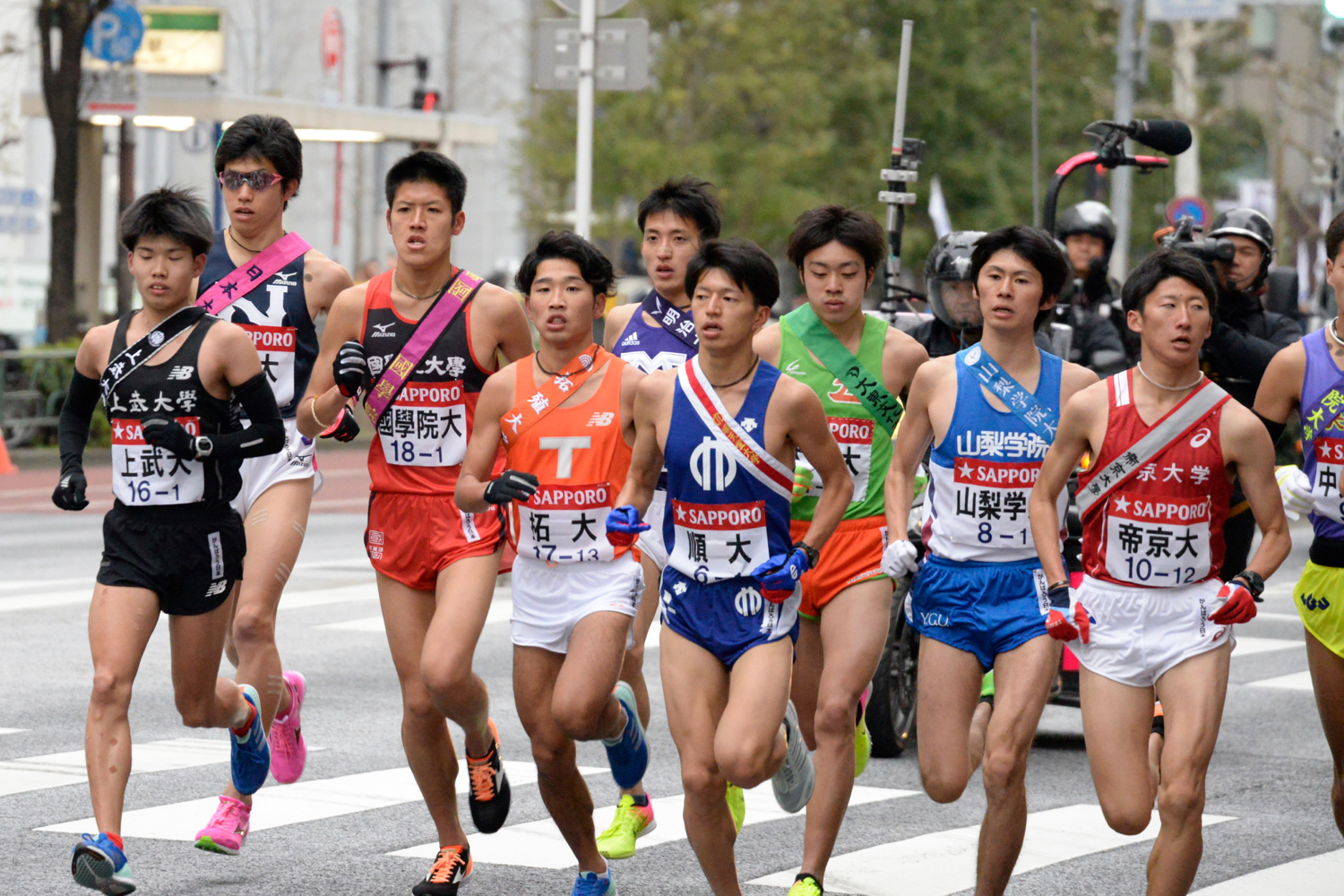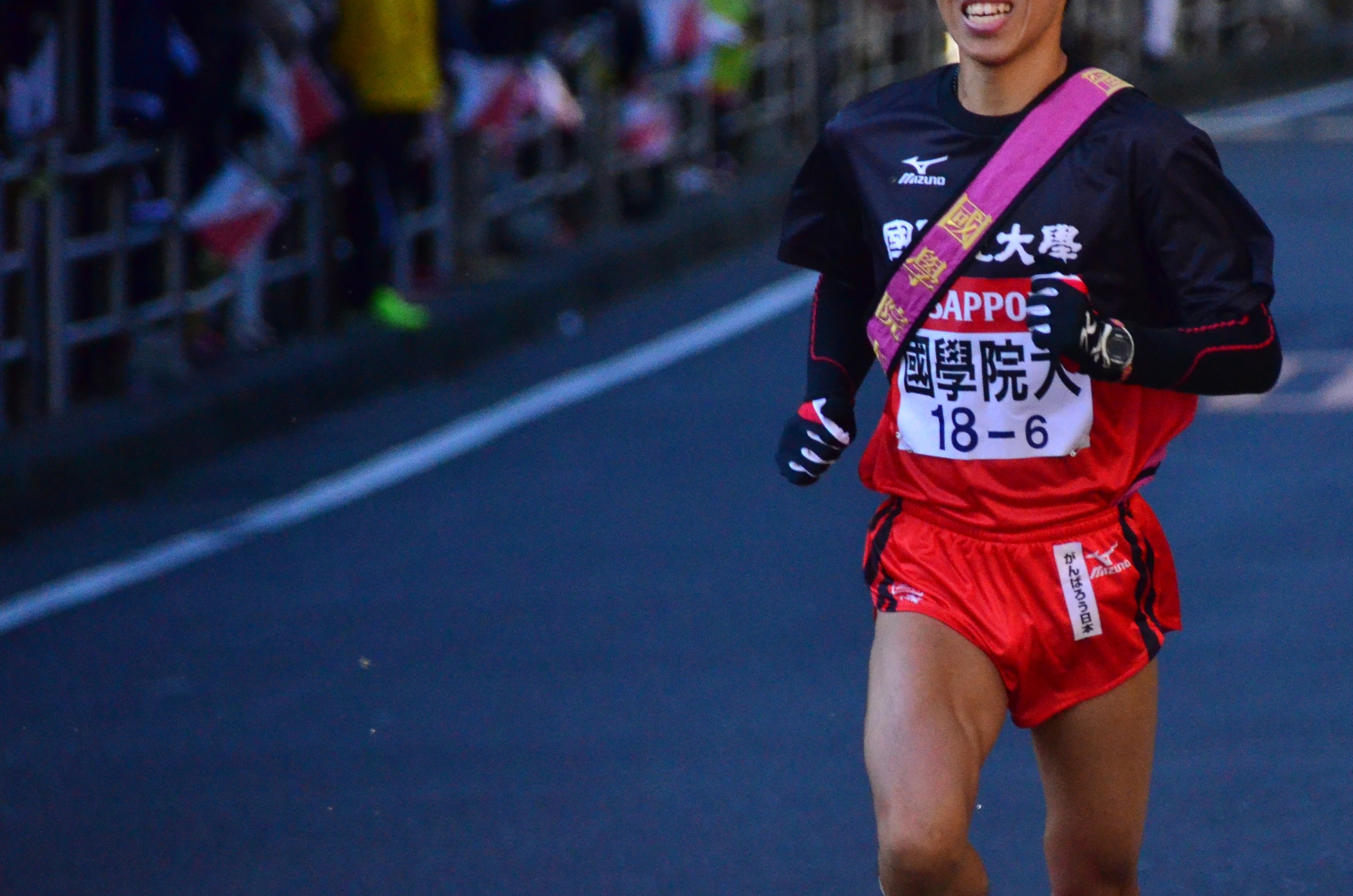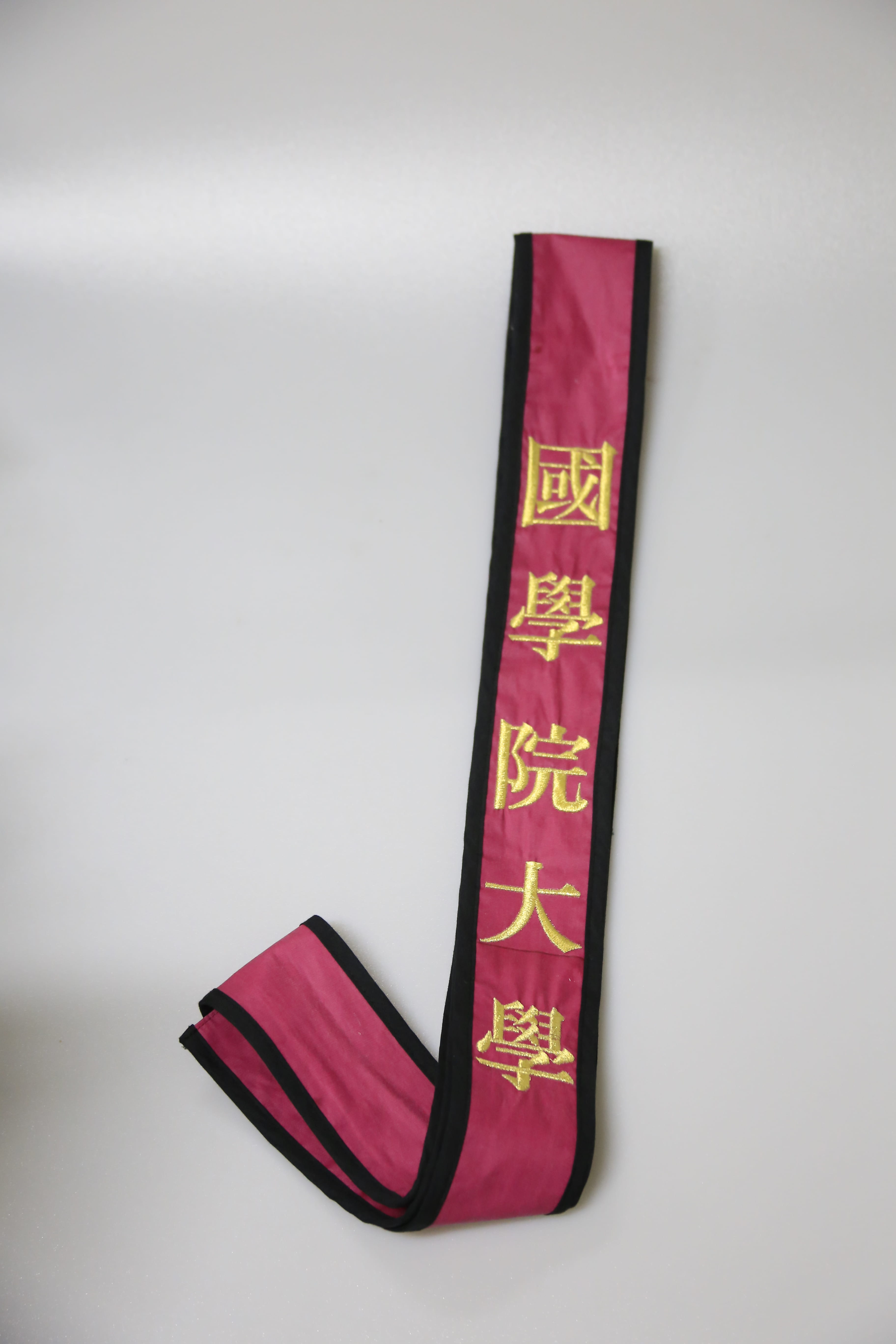In Japan, there will be big sports events like the Rugby World Cup in 2019 and Tokyo Olympics and Paralympics in 2020. We will introduce some sports that either have their roots in Japan, or were introduced to Japan and have gained popularity.
〜「駅伝」〜 Ekiden, Long Distance Relay Road Race

The beginning of Ekiden
Ekiden is a team track and field event in which runners take turns to run legs of a long distance relay. One of the greatest features of Ekiden is that each runner passes a “tasuki” sash to the next runner after running their leg of the race.
The word Ekiden has a long history stemming from systems found in the Nihon shoki (Chronicles of Japan). Tenma (horses for transporting goods) and Ekiba (horses for transporting official travelers), based on Tang China systems, are two examples. People would exchange information going back and forth between post stations by horse. Hikyaku (express messengers), which originated in the Kamakura Period and was a forerunner to the present-day postal service system, can be said to be a remainder of those systems.
The first Ekiden ever held in Japan was the Tokyo Tento Kinen Tokaido Ekiden Toho Kyoso in 1917, which consisted of 23 sections (516km). This was the first instance of a race being called Ekiden. In fact, this race was billed as a “marathon relay,” but the name was changed to “Ekiden Kyoso (Ekiden Competition)” just before the race. The change was made to reflect the Tokaido Gojusan-tsugi (the 53 stations of the Tokaido Road), as the relay followed the path of the historical stations. The name was selected by Chiyosaburo Takeda, the president of Jingu Kogakkan (now Kogakkan University). Three years later, the race’s popularity led to the birth of the famous Hakone Ekiden.

Ekiden: born and raised in Japan
Ekiden is a track and field event born and developed independently in Japan.It spread nationwide thanks to the efforts of Shiso Kanaguri, the father of the marathon in Japan. Ekiden were held to improve the ability of Japanese long-distance runners and achieved good results in competition.
Many Ekiden were held across Japan for a period of time, but the number has declined recently. One main reason for the decline is that, every year, it has become more difficult to restrict traffic, since Ekiden are run on public roads. The Higashi Nihon Judan Ekiden (aka Aoto Ekiden), which started in 1951, was the biggest Ekiden ever. Runners race from Aomori City to Tokyo over seven days through 55 sections over 759km. The last race was held in 2002. Other big Ekiden also became difficult to stage due to traffic conditions and other issues.

Ekiden, expressing Japaneseness
The major Ekiden held today are mostly public races, such as the Inter-Prefectural Ekiden or junior high school and high school Ekiden. However, there are three outstanding collegiate Ekiden, starting with the Hakone Ekiden, which is held in the Kanto area, and will be run for the 94th time this year. The three major Ekiden are the Izumo All-Japan University Ekiden (aka Izumo Ekiden), the Prince Chichibu’s Cup All-Japan Intercollegiate Ekiden (aka All-Japan University Ekiden), and the Tokyo-Hakone Collegiate Ekiden Relay Race (aka Hakone Ekiden), in which Kokugakuin University is going to participate in 2018.
The venues for these three major Ekiden, Izumo, Ise, and Hakone (heading to Mt. Fuji), are all historically important places in Japan. Running the roads of such places is like running through the world of Japanese mythology related to the Izumo-taisha Shrine or the Ise-jingu Shrine.
Ekiden is not just an internal fight for everyone who runs, but also a team sport requiring every member to pass the “tasuki” sash to the next runner, and to fight to the last, even in severe circumstances. Seeing each member run wholeheartedly for the team, doing no harm to others, strikes the right chord to capture the hearts of the Japanese people.


